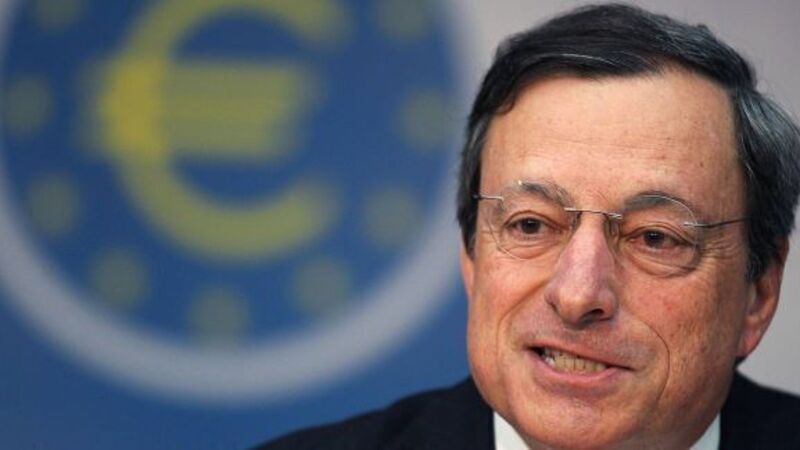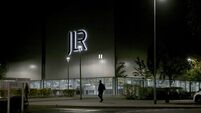Lack of credit hits eurozone investment

Following the collapse of the financial sector in 2008, investors became very risk averse with the bulk of money being put on deposit or into other safe haven flows. The eurozone debt crisis which flared up in 2010 exacerbated this trend.
However, the speech by ECB president Mario Draghi in Jul 2012 in London when he said he “would do whatever it takes to save the euro” allayed concerns about the imminent unravelling of the single currency.
















